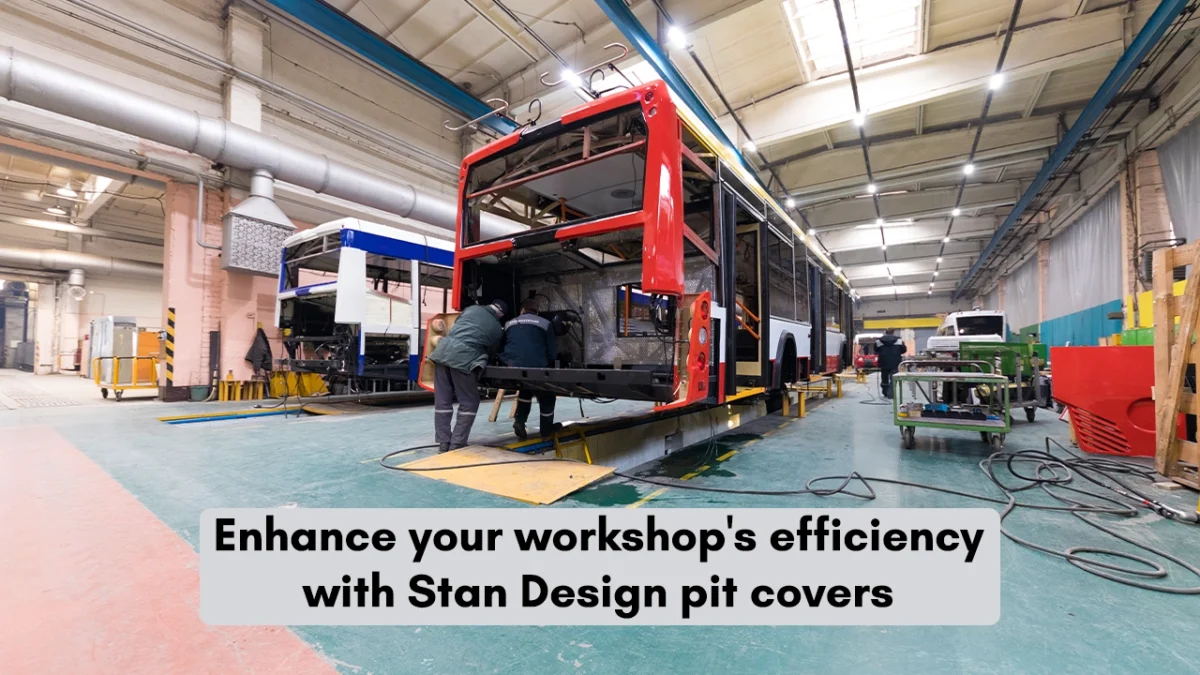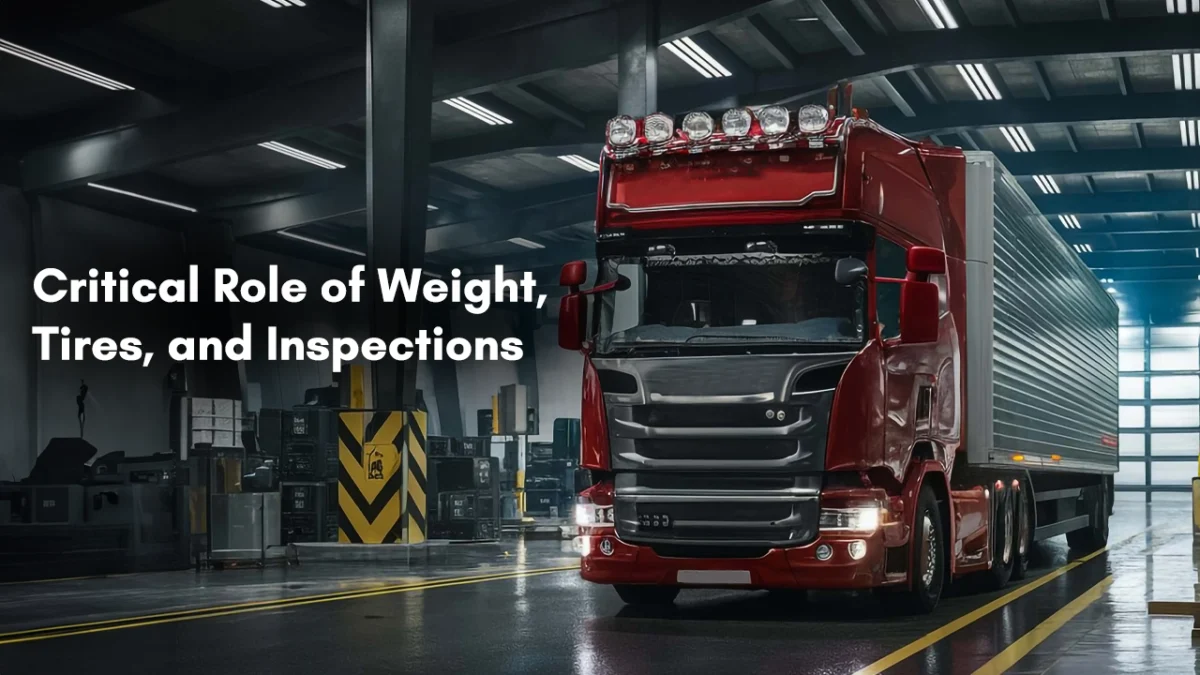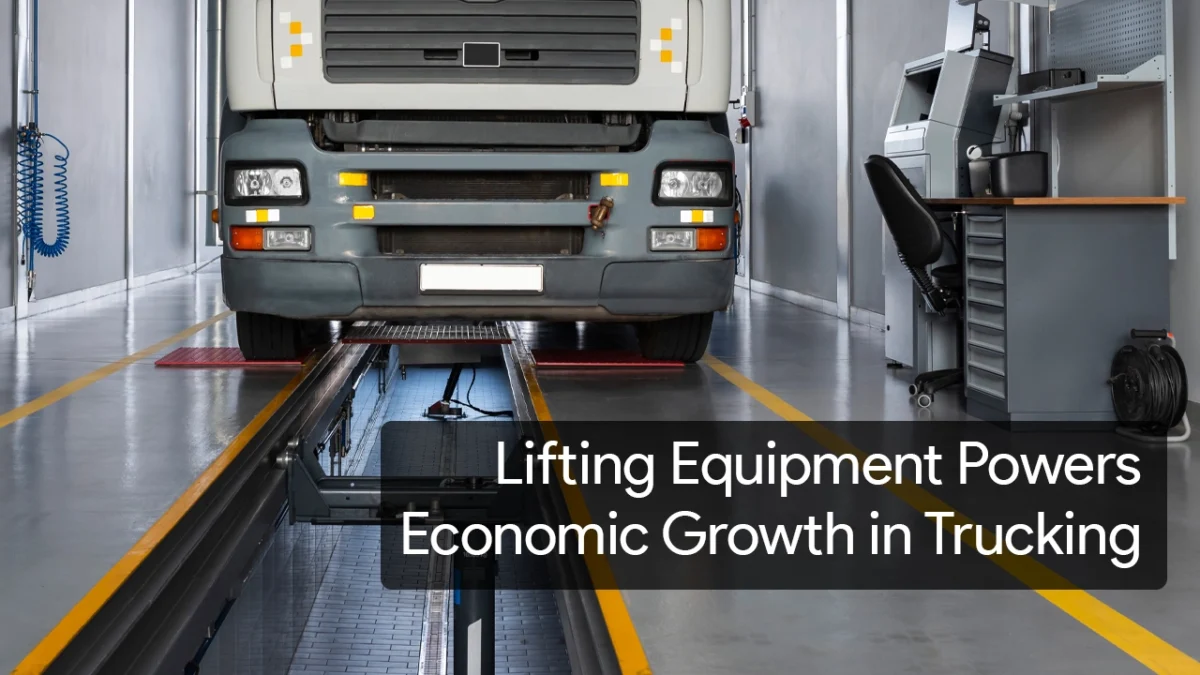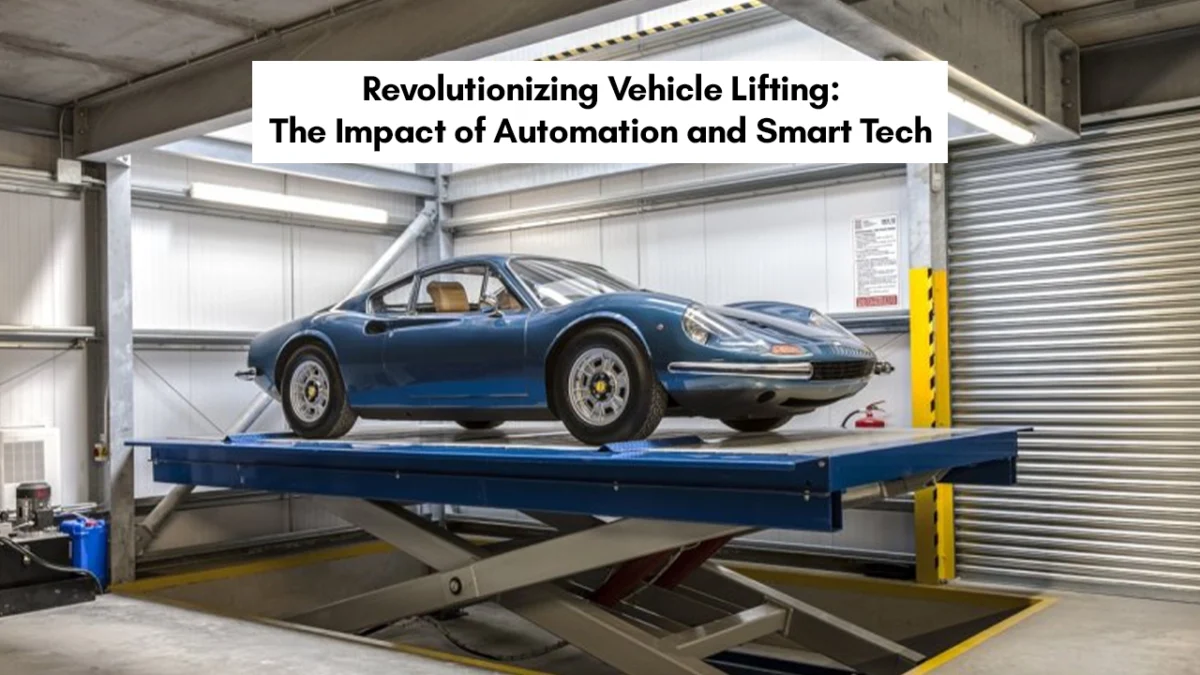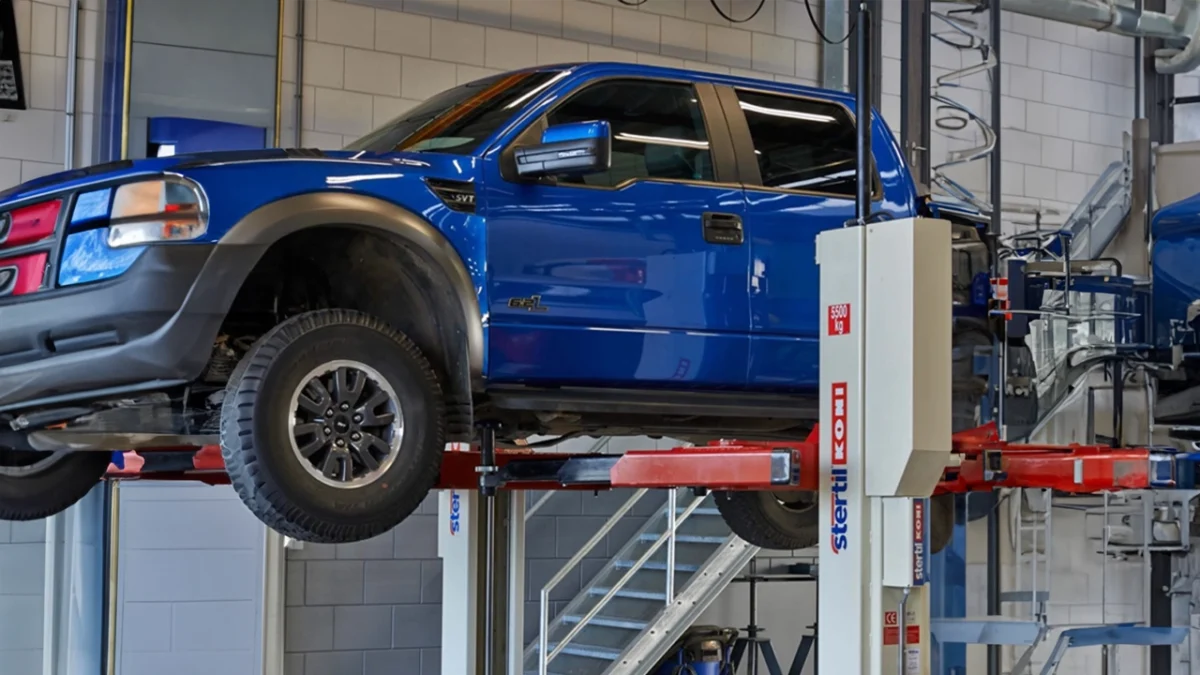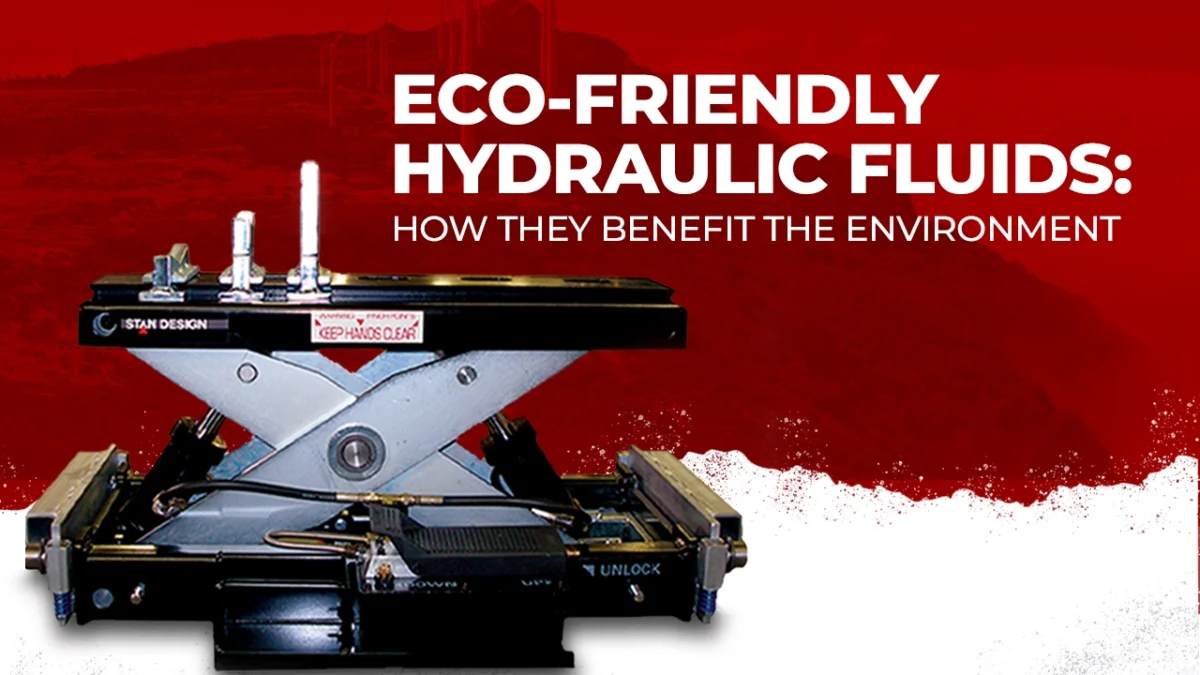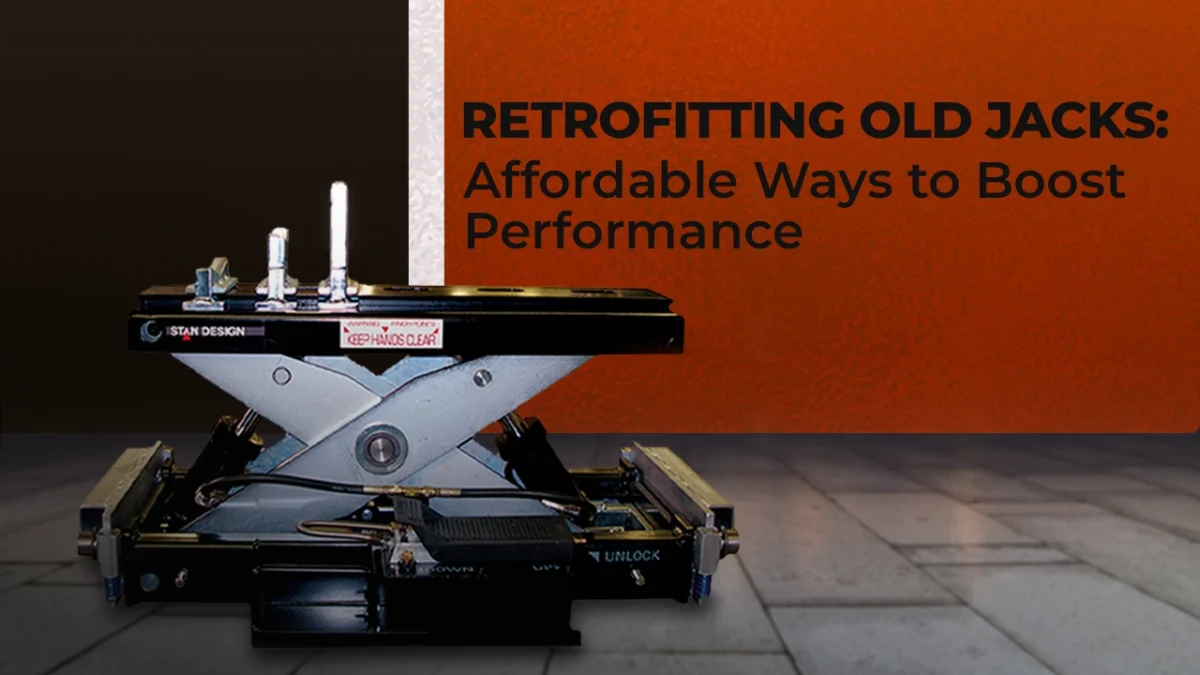Hydraulic jacks are the backbone of any automotive repair shops, helping mechanics to lift vehicles efficiently for maintenance tasks. Unlike traditional mechanical or electric jacks, hydraulic jacks leverage fluid mechanics to deliver powerful and precise lifting capabilities. Stan Design manufactures premium hydraulic jacks, such as our Scorpion Floor Jacks and Scorpion Pit Jacks, designed for vehicles from small cars to heavy-duty trucks. However, even the most robust jacks can degrade over time due to wear, overuse, or improper maintenance. Recognizing the signs that your hydraulic jack needs replacement or an upgrade is critical to ensuring safety and productivity in your workshop.
You should know these 5 signs in a simpler way, that it’s time to replace or upgrade your hydraulic jacks or how these tools work and the benefits of investing in a new jack. By addressing these issues promptly, you can maintain a safe and efficient work environment.
5 signs when your hydraulic jack needs replacement or upgrading
- Overload Issues:
One of the most common indicators of a failing hydraulic jack is a reduced load-bearing capacity. If your jack struggles to lift vehicles it once handled with ease or fails to hold the load securely, it’s likely overloaded or worn out. Overloading can strain internal components, compromising the jack’s efficiency and posing significant safety risks. For instance, a jack that cannot support a vehicle’s weight may collapse, endangering mechanics and equipment. If you notice these issues, it’s time to consider a hydraulic jack replacement to restore reliability and safety. - Bearing Wheel Issues:
Portable hydraulic jacks rely on wheels or casters for mobility, allowing mechanics to position them easily under vehicles. Over time, these wheels can wear out due to regular use, overloading, or exposure to harsh conditions like dirt or moisture. Damaged, wobbly, or unresponsive wheels hinder maneuverability and can compromise the jack’s stability during operation. If your jack’s wheels are showing signs of wear, upgrading to a new model with durable, high-quality casters, such as those found in Stan Design’s Scorpion Floor Jacks, can enhance performance and safety. - Time and Speed Lags:
A properly functioning hydraulic jack should lift and lower vehicles quickly and smoothly. If you notice delays in the lifting process or a significant reduction in operational speed, it could indicate internal issues such as worn seals, low hydraulic fluid levels, or air trapped in the system. These problems can lead to inefficiencies, slowing down your workflow and increasing downtime. Replacing or upgrading your jack to a modern model with advanced hydraulic systems can eliminate these lags and boost productivity. - Frame and Axle Issues:
The frame of a hydraulic jack acts as its structural backbone, while the axle facilitates the lifting mechanism. Over time, the frame may suffer from corrosion, bending, or other damage, particularly if the jack has been overloaded or stored improperly. Similarly, axle issues can impair the jack’s ability to lift loads effectively, often due to hydraulic fluid pressure problems. If you observe deformities, cracks, or malfunctions in the frame or axle, it’s a clear sign that a replacement is necessary. Stan Design’s jacks, made from high-grade steel and aluminum, offer superior durability to withstand demanding conditions. - Oil Leak Issues:
Hydraulic jacks depend on hydraulic fluid to generate the pressure needed for lifting. Oil leaks, often caused by damaged seals, corrosion, or poor maintenance, can significantly reduce a jack’s efficiency and create hazardous working conditions. Leaks may result from rust, oxidation, or neglect, such as improper storage. If you notice hydraulic fluid pooling under your jack, it’s a critical issue that requires immediate attention. In many cases, upgrading to a new jack with advanced sealing technology, like those offered by Stan Design Inc., is more cost-effective than repeated repairs.
Benefits of Upgrading to a New Hydraulic Jack
Investing in a new hydraulic jack from Stan Design Inc. offers numerous advantages, particularly for professional workshops and automotive enthusiasts. Here are two key benefits:
- Enhanced Control
Modern hydraulic jacks from Stan Design Inc. feature advanced control systems, such as detachable remote-control pendants with dead man switches. These allow operators to lift and lower vehicles with precision, using just a button or two, depending on the model. This level of control enhances efficiency and reduces operator fatigue, making it ideal for high-volume workshops.
- Superior Safety:
Safety is paramount when lifting heavy vehicles. Stan Design’s hydraulic jacks are equipped with a 3-stage multi-locking mechanism that automatically engages at various lifting heights, ensuring the load remains secure. Additionally, our jacks are constructed from high-grade steel and aluminum, incorporating innovative features like dual-pump and air-hydraulic systems for enhanced reliability. These safety measures minimize the risk of accidents, protecting both mechanics and equipment.
How Hydraulic Jacks Work
To better understand when your hydraulic jack is malfunctioning, it helps to know how it operates. Hydraulic jacks function based on Pascal’s principle, which states that pressure applied to a confined, incompressible fluid is transmitted equally throughout the fluid. This principle allows hydraulic jacks to lift heavy loads with minimal effort.
A typical hydraulic jack consists of several key components:
- Reservoir: Stores hydraulic fluid when the jack is not in use.
- Pump: Driven by a handle or lever, it pressurizes the fluid.
- Check Valve: Ensures fluid flows in the correct direction.
- Main Cylinder (Ram): Extends to lift the load as fluid enters.
- Release Valve: Allows fluid to return to the reservoir, lowering the load.
- Lifting Arm or Pad: Contacts the vehicle to lift it.
When the pump handle is operated, hydraulic fluid is forced from the reservoir into the main cylinder, causing the ram to extend and lift the vehicle. Opening the release valve allows the fluid to flow back, lowering the load. Issues like leaks or worn seals can disrupt this process, leading to the signs mentioned above.
Maintenance Tips to Extend Jack Lifespan
While replacing a failing jack is often necessary, regular maintenance can help extend its lifespan. Here are some tips:
- Regularly: Check for signs of wear, leaks, or damage.
- Clean Thoroughly: Remove dirt and contaminants to prevent internal damage.
- Replace Hydraulic Fluid: Change the fluid annually or as recommended by the manufacturer of Jacks.
- Store Properly: Keep the jack upright in a dry, clean environment to prevent corrosion.
Final Thoughts:
Recognizing the signs that your hydraulic jack needs replacement or upgrading is essential for maintaining a safe and efficient workshop. Issues like overload problems, damaged wheels, slow operation, frame and axle damage, or oil leaks indicate that your jack may no longer be reliable. Upgrading to a new hydraulic jack ensures enhanced control, superior safety, and long-lasting performance.
If you’re experiencing any of these issues, don’t wait for a breakdown to disrupt your operations. Explore our range of premium hydraulic jacks or contact us for a free quote and personalized advice. You can trust us in quality, safety, and innovation for all your lifting needs.



